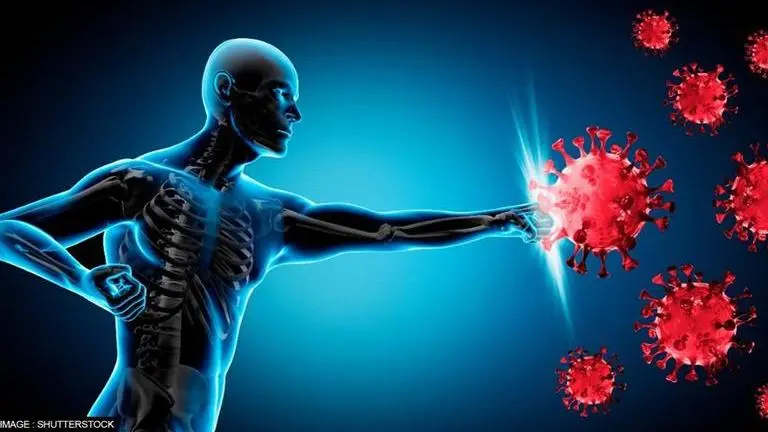Updated 4 February 2022 at 12:29 IST
Omicron: Scientists decode 10 facts about human immunity amid COVID spread
The rapid spread of the Omicron variant of the coronavirus across the globe has also highlighted several startling facts about the human immune system.
- World News
- 3 min read

The Omicron variant of the coronavirus, which was first detected in South Africa last November, grappled a number of countries across the world in the last few months. Despite the fact that the variant's impact is beginning to fade in many countries, global case numbers are still on the rise.
About 23 million new cases were confirmed in the last week of January. Previous peaks were around 5 million each week. The rapid spread of Omicron across the globe has also highlighted several startling facts about the human immune system. A study published in the journal Nature analyzed this and outlined how the immune system responds to COVID and its different variants.
Here are 10 things scientists have deciphered about human immunity
- B cells are the first responders, and they get activated when a virus attacks. B cells produce antibodies before dying.
- As antibodies are intended to wane after a few months, scientists were not surprised to see neutralising antibody levels diminish after a few months.
- There are two types of B cells: short-lived B cells and long-lived B cells. While short-lived B cells perish, some long-lived B cells become memory B cells, which can divide quickly and become plasma cells when encountered by a virus. These cells remain in human bodies throughout their lives.
- The memory B cell's reaction improves over time. People were found to have an increased number of memory B cells six months after vaccination, which also responded to new variants.
- T cells are another component of immunological memory. They kill the virus while also signalling other components of the immune system to react in response to the virus' attack. After that, some T cells become memory T cells.
- Some patients may have memory T cells that may recognise SARS-CoV-2 from previous coronavirus infections, such as those that cause common cold.
- It has been found by immunologists that memory cells can't always inhibit infection in the same way that neutralising antibodies can do.
- The memory cells receive some time after the COVID-19 infection because major illness does not usually happen right after. Memory T cells remain active at this time.
- As per several studies, patients who had been vaccinated or infected with SARS-CoV-2 showed nearly the same T-cell response to Omicron as they did to the Delta variant, despite high number of mutations.
- A perfect vaccine would elicit a long-lasting immune response that is also broad enough to defend against the virus as it mutates and evolves.
Omicron: A 'Variant of Concern'
It should be mentioned here that the World Health Organization (WHO) designated B.1.1.529 as a 'Variant of Concern' on November 26, 2021, and assigned it the Greek letter Omicron.
Since then, it has become dominant in many countries across the world. According to the WHO, multiple sub-lineages of the Omicron variant, such as BA.1, BA.1.1, BA.2, and BA.3, were discovered in 93% of all coronavirus specimens collected in the last month.
Advertisement
Image: Shutterstock/Representative
Published By : Anurag Roushan
Published On: 4 February 2022 at 12:29 IST
